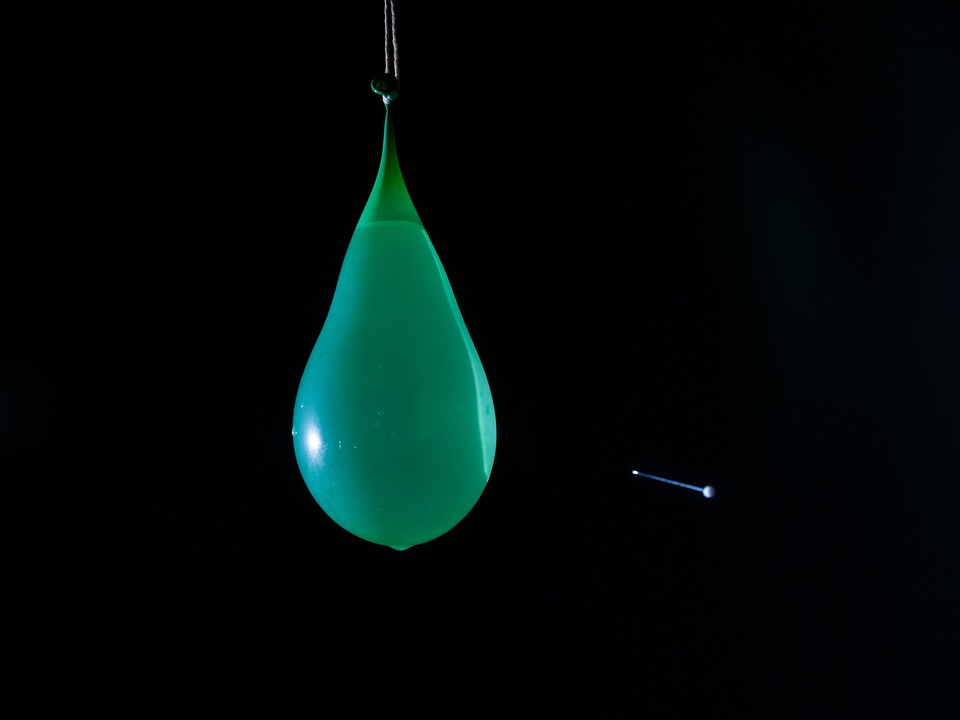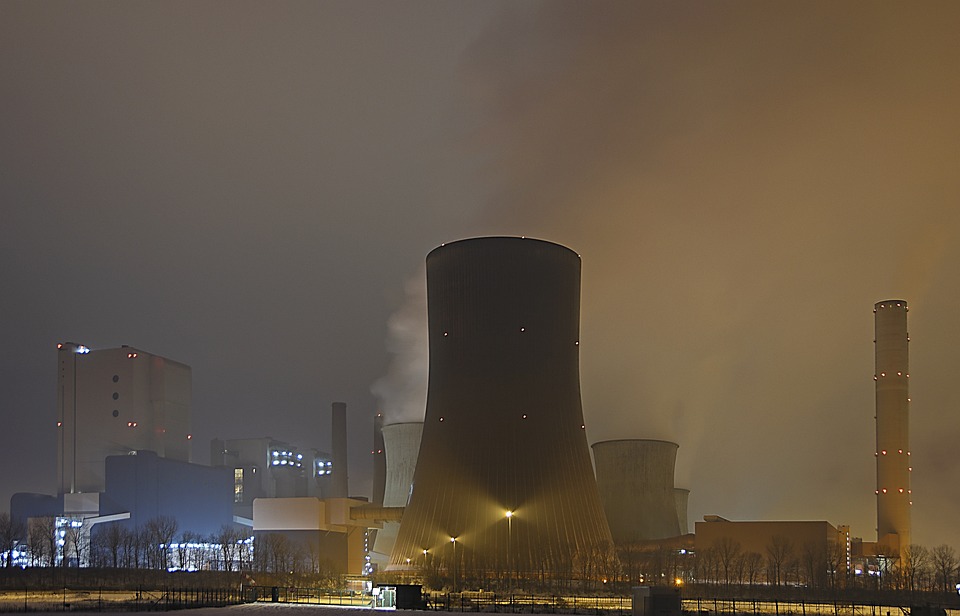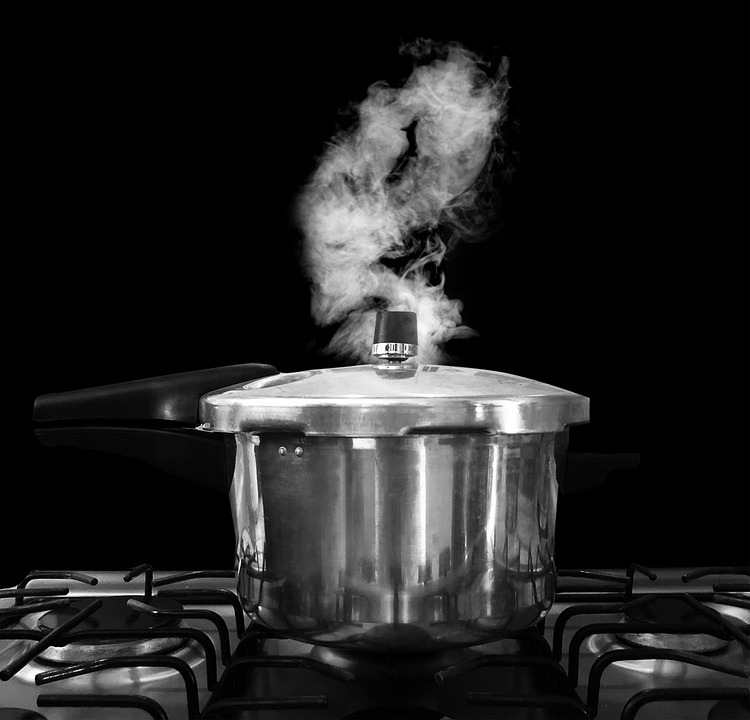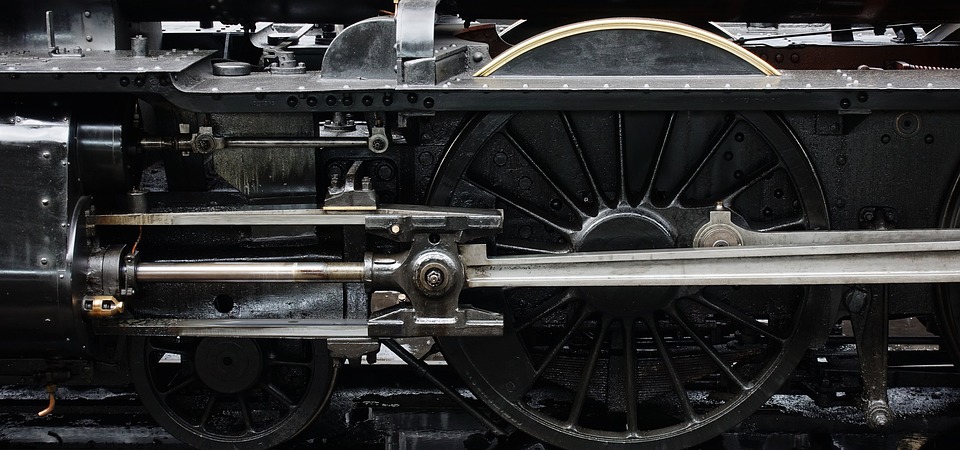This post gives you a detailed explanation of how, when, and where kinetic energy is converted to thermal energy.
Kinetic energy is the energy by its motion, and thermal energy is the energy haunted by the system due to the gesture of speck within the system. A match existence bang opposed to the winger converts kinetic energy to thermal energy in the form of heat, which illuminates the match.
How is kinetic energy converted to thermal energy?
The total energy in the system is always conserved. The total energy can convert from one form to another. When the force of friction acts on the object in the system frequently, some kinetic energy is converted to thermal energy because of friction.
Consider a simple system with a ramp and block, and a block has three-four different materials on it, each side with different roughness. Because of that different roughness, they have different friction coefficients, which means that the frictional force acting on them is different.
So we put sandpaper side on the ramp, and we have to set the block on the ramp and give it a shove; it comes to a stop, so when we gave it a shove, the block had kinetic energy for second energy with motion now it’s stopped.
The force of friction worked on the block over the distance that it took for the block to come to a stop and that work equals the amount of kinetic energy into thermal energy.
When kinetic energy is converted to thermal energy?
If we have a box containing the gases, the particles moving within the box create kinetic energy. Then the particles snapback or rebound erratically backward and forward at elevated velocity to generate thermal energy. Thus the kinetic energy of gases within the box is converted to thermal energy.
An example of converting kinetic energy into thermal energy is if we unhand a water balloon underneath to the floor, creating kinetic energy and the amalgamate descending movement of all the atom is spin to arbitrarily by bang with the earth create heat in the form of thermal energy.
As the ball plummets in the direction of the floor, its gravitational potential energy transfigures into kinetic energy. The ball’s kinetic energy will pursue augment as it attains impetus; as late as it eventually collapses with the facet when the ball bangs, the kinetic energy is converted mostly to thermal energy.

Where kinetic energy is converted to thermal energy?
The penguin moves towards another place in the water through an ice cube. The penguin gains kinetic energy because of its movement. The amount of energy conveyed from the fizzy drink molecules to the water molecules in the ice cubes requires heat and thermal energy.
When the penguin slides across the ice penguin acquires kinetic energy. There must be some amount of friction between the penguin and the ice. The penguin would presumably retain gliding forever. There must be air resistance causing the penguin to slow down. When two surfaces rub together, some of that kinetic energy of stirring will get transformed into thermal energy.
The conversion of kinetic energy to thermal energy happens when an entity’s temperature expands, and its atom’s median kinetic energy enlarges. When the median kinetic energy of its atom enlarges, the gadget’s thermal energy increases; consequently, the thermal energy of an entity increases as its temperature increases.
Kinetic energy to thermal energy formula ?
The formula to convert kinetic energy (E=1/2mv^2) to thermal energy (Q=m.c.ΔT) is
1/2mv2=mcΔT
Where m is the mass of an object, v is the speed of an object, m is the mass of substance, c is the specific heat, and ΔT is the temperature change.
Kinetic energy to thermal energy generator ?
The classic nuclear fission reactor utilizes the kinetic energy of the neutrons that upshot through chain reaction to heat water which is nothing but thermal energy that wreak vapor and steer a generator that fabricates electricity.
The chain reaction happens in a nuclear reactor; a chain reaction is a procedure at which point neutrons let go in fission to construct supplementary fission in not less than one more distant nucleus. Such a nucleus in the steer generates neutrons, and the procedure performs again.
The nuclear fission energy is set free as kinetic energy of the fission amount and segments. As electrostatic radiation in the appearance of gamma rays in a nuclear reactor, the kinetic energy is transferred to heat in the form of thermal energy as the dribble and gamma rays conflict with the molecules that trump up the reactor and liquid.

Kinetic energy to thermal energy efficiency ?
Kinetic energy is converted (K.E) to heat in the form of thermal energy (T.E) is a hundred percent effective because heat is the outcome of all configurations of ineffectiveness.
According to the mathematical formula of efficiency,
Efficiency=Eout/Ein*100%
Here About is the output energy, thermal energy, and Ein is the kinetic input energy.
Therefore,
Efficiency= T.E/K.E×100%
Kinetic energy to thermal energy examples ?
21 examples of kinetic energy to thermal energy with detailed facts
This post gives you a detailed explanation about kinetic energy to thermal energy examples with their illustration are stated below:
- Pressure cooker
- Car engine
- steam engine
- Train moving on the track
- Rubbing of hands
- Nuclear reactor
- Incandescent bulb
- Electrical heater
- Solar panels
- A car braking
- A meteor strike
- Pump up a bike tire
- Human body movements
- Rubbing of two stones
- Matchstick rubbing on the surface of matchbox
- Melting ice
- Boiling of water
- Force applied to the objects
- Stirring
- Flowing of gas
- Water ball falling from some height
- Vibration of molecules
Pressure cooker
As the temperature expands, gas molecules in the pressure cooker budge rapidly acquire kinetic energy and pressure inwards. The cooker is also expanded, then the water is heated, which is in the form of thermal energy. After some time, stew into steam then food is cooked.

Car engine
During car driving, as the temperature of the engine increases, the molecules that formulate the car budge with substantial kinetic energy, making the car engine can overheat it is because the cooling system is inaccurate. Heat in thermal energy cannot run off the heating chamber.

Steam engine
When the liquid water pivot to steam, the dribble budges quickly or slothful. The dribble in the steam has approximately kinetic energy employed on the constraining of steam-heated to high thrust generates the thermal energy.

Train moving on the track
When a train is delayed or approaching a stop, the train will expand its motor and start working in contrary, producing kinetic energy and the train’s tracks due to heat generation, which is nothing but thermal energy. It happens because trains are built from steel.

Rubbing of hands
When we rub our hands in conjunction, the gesture of scratching the exterior of our skin backward and forward in opposition to each other conviction the molecules in our skin to pass a bit of speedy acquire kinetic energy. The quicker that molecules pass, the elevated the temperature. So the friction of rubbing our hands simultaneously generates heat which is nothing but thermal energy.

Nuclear reactor
A nuclear reactor consists of reactance, moderators, condensers, and coolant. When the slow-moving neutron bombarded with nuclear reactor nuclear reaction takes place, there will be a nuclear decay that the products are spread out by kinetic energy when the products are different units then lot of heat (thermal) energy is released.
Incandescent bulb
As the electrons move, the kinetic energy is generated, and they bang into the alloy particle of the filament. The energy of every collision quivers the particles and heats them, which is thermal energy that generates light.

Electrical heater
A poignant electric charge creates electrical energy called an electron. The rapid-moving charges acquire the kinetic energy, and when current passing via the resistor in the heater will transfer to heat energy.
Solar panels
Solar energy is kinetic energy because when the cosmic rays are excited, the atoms getting vibrating the luminosity from the sun heats the panel in the form of thermal energy.

A car braking
When we apply the car brake by putting friction to the operating wedge of a system, the friction force withstands movement acquiring kinetic energy and converting it to heat, which is nothing but thermal energy.
A meteor strike
Meteors proceed at a fast-paced and possess a huge amount of kinetic energy, and a meteor condenses air preceding it. The air heats in succession, heating the meteor.
Pump up a bike tire
While pumping up a bike tire, the temperature get-larger hence the kinetic energy also get-larger so the momentum of the air molecules in the tire gets larger, which will increase the extent of crash per second with the wall of the tire this aggregate greater force consequently compulsion on the tire-wall producing heat.
Human body movements
The muscular structure of the human body system almighty causes movement, which is the kinetic energy and nourishes standpoint and produces heat in the body. It’s nothing but thermal energy.
Rubbing of two stones
When two stones are rubbed with each other, there is a flow of negative charges by electron creates kinetic energy attributable to friction producing thermal energy gives spark.
Matchstick rubbing on the surface of matchbox
When we rub the matchstick head to the matchbox surface, kinetic energy is generated due to the friction created by rubbing activity, then transformed into heat, which is nothing but thermal energy.

Melting ice
As the ice melts into water, kinetic energy exists in the atoms, and heat energy is produced and absorbed.
Boling of water
Boiling-water-commute-into vapor-pressure because when the temperature increases, kinetic energy also increases, resulting in an increase in pressure and capacity within a commanding volume; this is an activator of heat energy.
Force applied to the objects
When-we-applied-force-on-objects-the-temperature-increases-resulting-in-atom-and-the-molecules-to-budge-sprightly acquired kinetic energy and bombarded together hence the objects-are-heated it is nothing but thermal energy.
Stirring
Lift-a-glass-rod-in-the-solution-and-stir-the-solution-rapidly-it-acquiring-a-kinetic-energy-genearate-the-glass-rod-heat-up-in-the-system it is nothing but thermal energy.
Flowing of gas
If-the-gases-are-cramped-in-a-vessel-via-which-they-flow-creates-kinetic-energy-then-there-will-be-friction-of-the-flowing-gas-on-the-barrier-of-the-vessel-which-will-produce-heat it is thermal energy.
Water ball falling from some height
When the water ball falls from some height to the ground, its kinetic energy collides with the floor, transforming heat it’s thermal energy.
Vibration of molecules
A huge amount of kinetic energy is stored in the vibration of molecules, and the molecules vibrating rapidly-produce heat, which is nothing but thermal energy.
Also Read:
- How to calculate energy lost
- How to measure thermal energy generated by friction in machinery
- How to find energy lost in a collision
- How to find energy levels in a quantum dot
- How to calculate the electrical energy generated by a photovoltaic solar panel
- How to utilize elastic energy in vibration damping systems
- How to calculate gravitational potential energy in an orbit
- How to calculate elastic energy in arch bridges for stability analysis
- How to optimize sound energy in ultrasonic cleaning devices for efficiency
- How to maximize elastic energy utilization in trampoline park designs

Hi,
I am Megha B R, I have completed my Post-Graduation in Solid State Physics and pursuing B. Ed. I am a Physics enthusiast. As an Academic writer, my goal is to reach the readers in a simplified manner through my articles.
Let’s connect through LinkedIn-